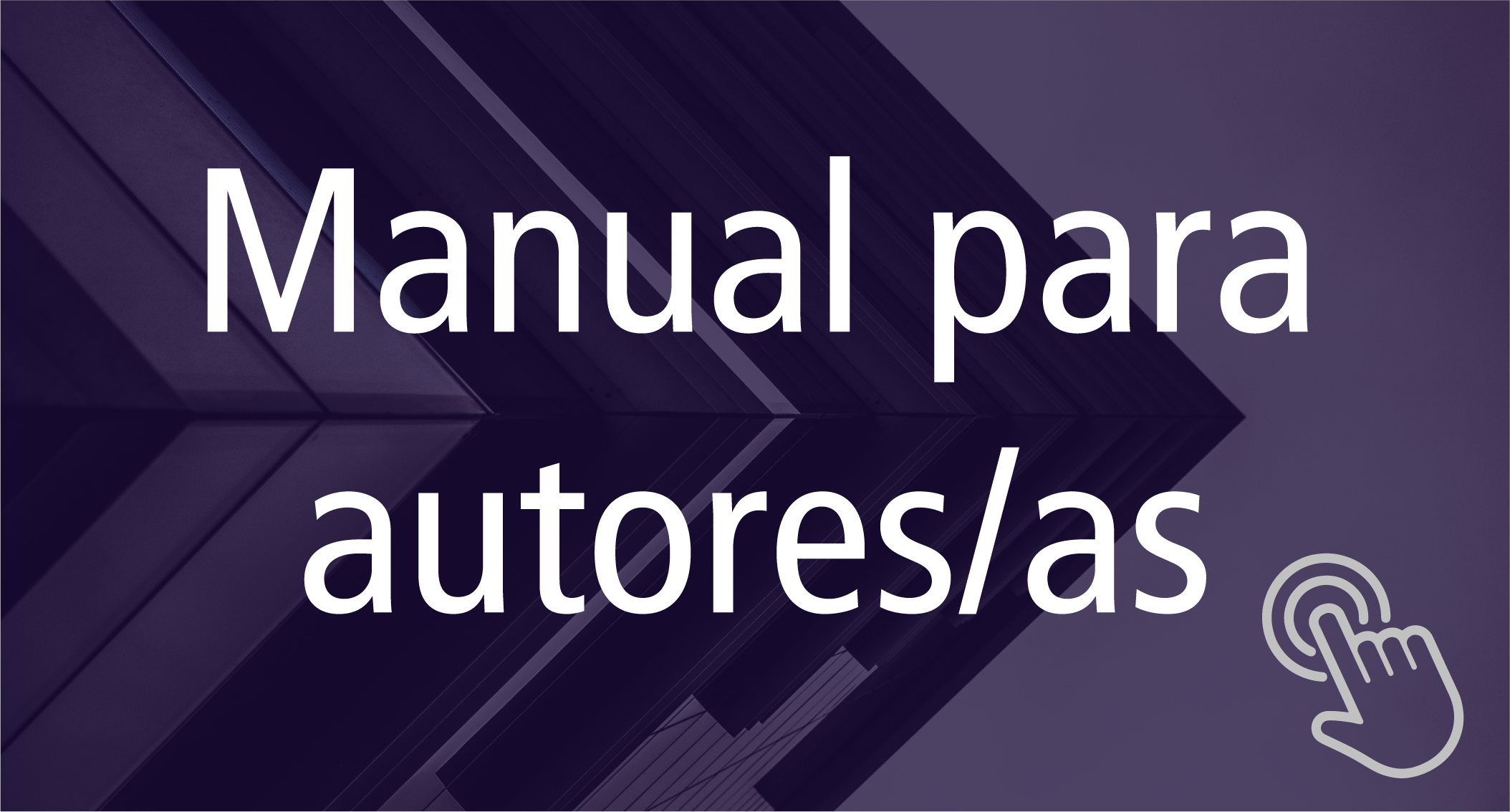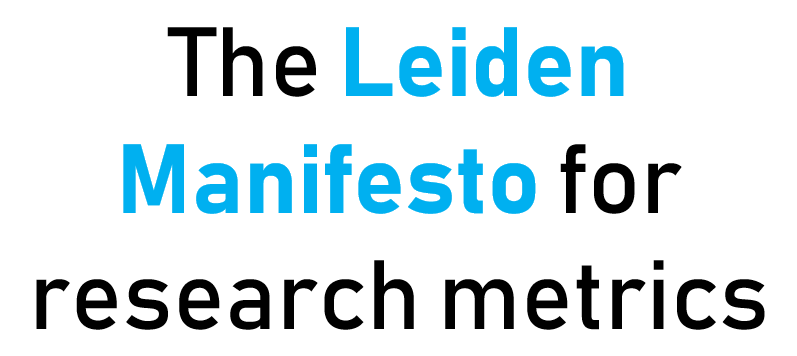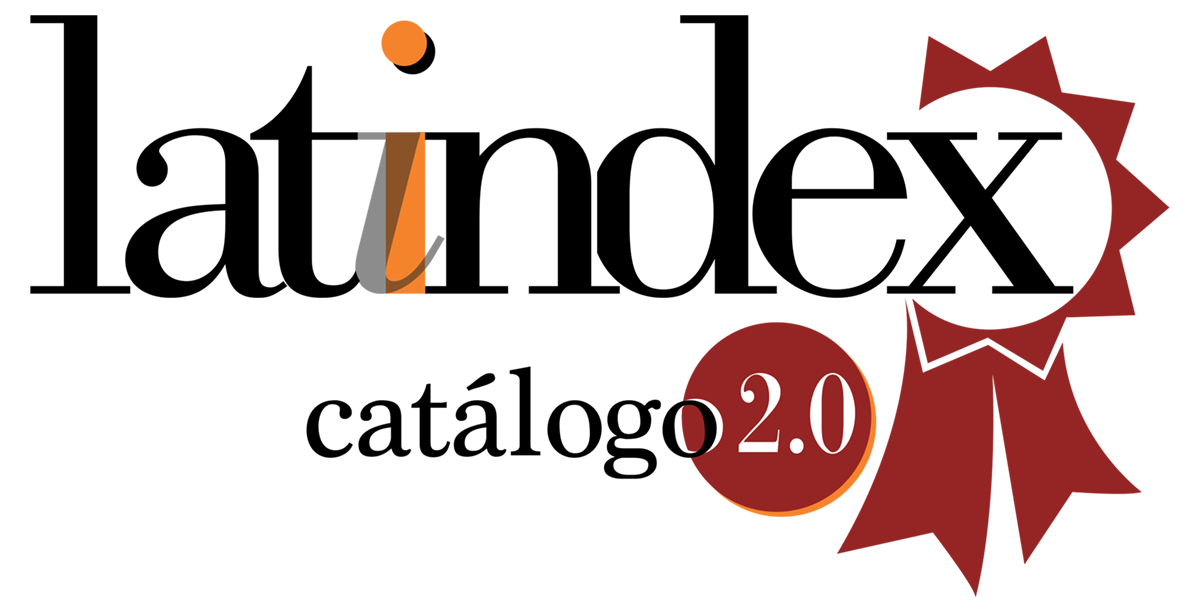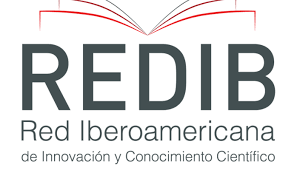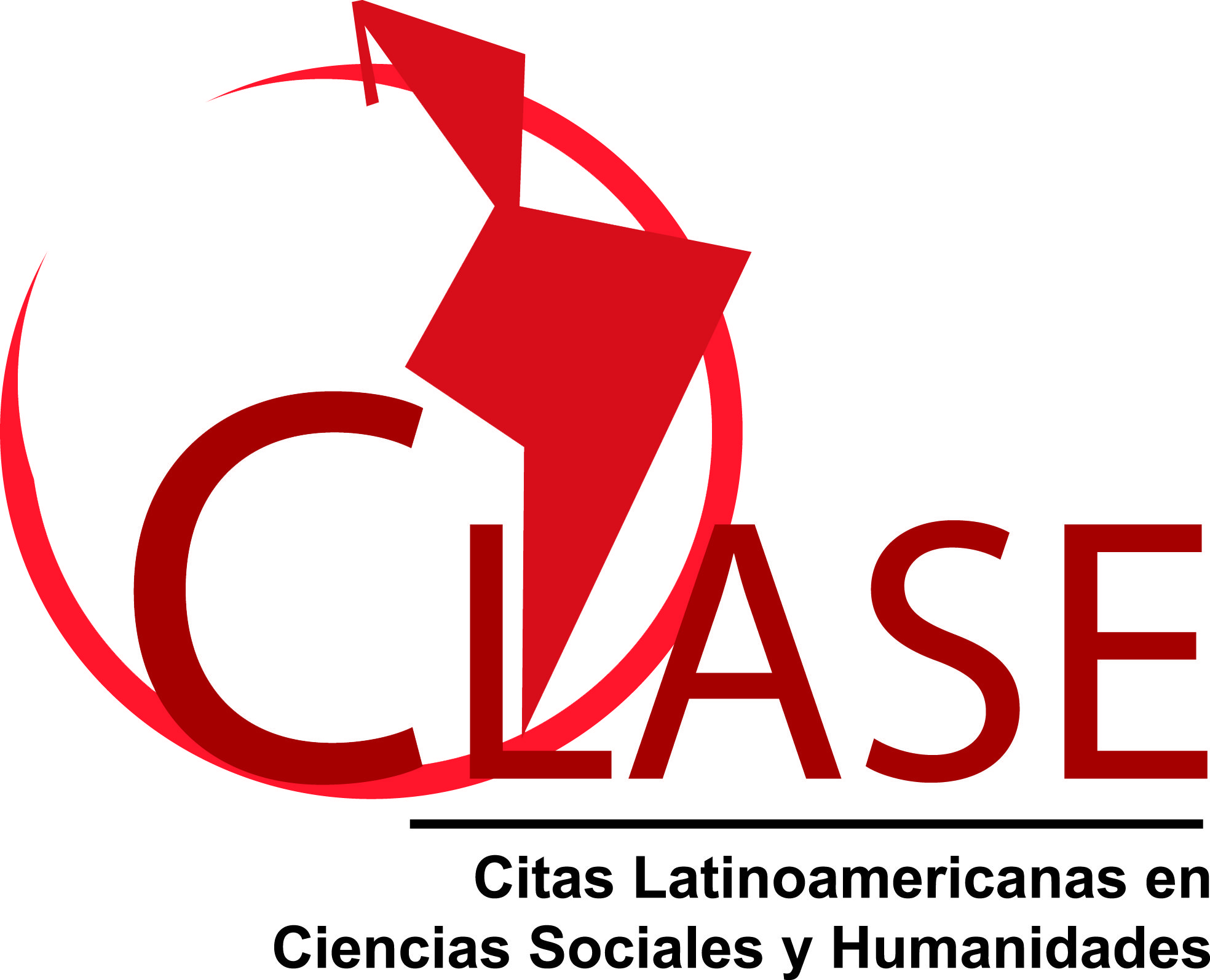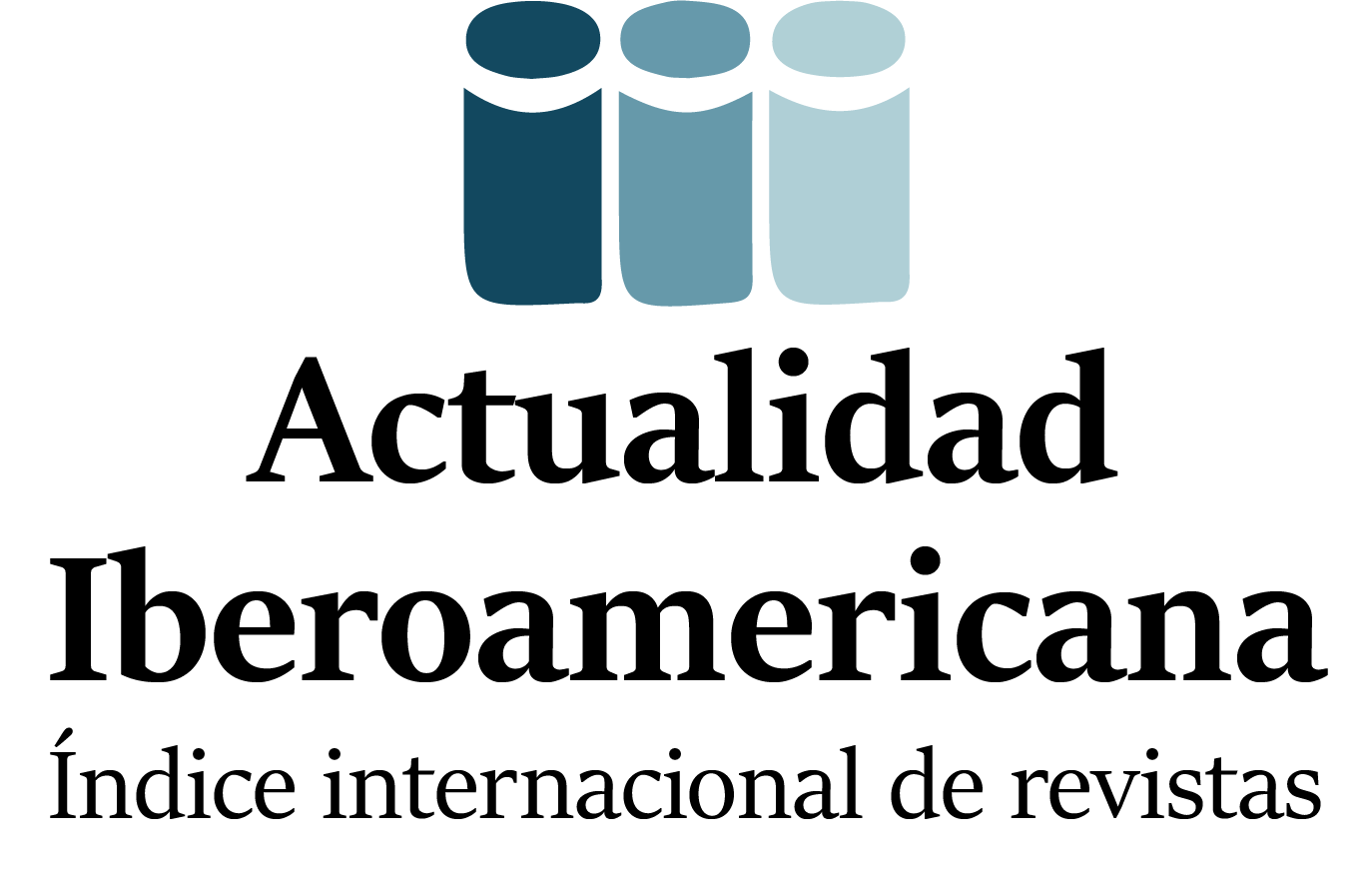La comprensión infantil de la muerte Una mirada desde lo real, lo posible y lo necesario
Resumen
El artículo refiere a una investigación doctoral en curso sobre el desarrollo de la comprensión infantil de la muerte, y se centra en los conceptos de lo real, lo posible y lo necesario de las últimas investigaciones piagetianas. Aunque se trata de una discusión teórica, se mencionan algunos estudios precedentes acerca de la comprensión de la muerte, puntuando algunos de sus problemas metodológicos vinculados con la distinción entre creencias infantiles sugeridas y espontáneas. Se presentan algunos datos de nuestras exploraciones piloto con niños de 5 a 10 años. Ellos se utilizan como ilustración en la discusión sobre la posibilidad de analizar el desarrollo del concepto de muerte desde la hipótesis –tendiente a precisar los mecanismos productores de novedad– de la diferenciación gradual entre lo real, lo posible y lo necesario. Se señala que la aceptación de la universalidad, la inevitabilidad y la irreversibilidad de la muerte es una constante en todos los niños entrevistados. Asimismo, sus ideas acerca de la “persistencia de la existencia” luego de la muerte, y de la “relocalización” post mórtem en otro espacio, sugieren la presencia de mecanismos análogos a los hallados en otros estudios. Finalmente, la co-existencia de racionalidades diferentes en un mismo sujeto, parecen manifestar las complejas relaciones entre representaciones sociales y creencias espontáneas.
This article refers to a Doctoral investigation on the child´s development understanding of death, and it is focused on the concepts of the real, the possible and the necessary corresponding to Piaget’s last investigations. Even though this is a theoretical discussion, a few previous studies about the understanding of death are mentioned, punctuating some of the methodological problems linked to the distinction made between suggested and spontaneous child beliefs. We present several facts from our pilot study on children between the age of 5 and 10 years old. These are used as an illustration in the discussion over the possibility of analyzing the development of the concept of death, from the hypothesis –that tends to precise the novelty producer mechanisms– of the gradual distinction made between the real, the possible and the necessary. We point out that the acceptance of the universality, the inevitability and the irreversibility of death is a constant found in all the interviewed children. Likewise, their ideas on the “persistence of existence” after death, and on the “relocation” post mortem in another space, suggest the presence of mechanisms analogous to the ones found in other studies. Finally, the co-existence of different rationalities in a same subject, seem to show the complex relations between social representations and spontaneous beliefs.
Descargas
Publicado
Número
Sección
Licencia
![]()
Los autores/as que publiquen en esta revista aceptan las siguientes condiciones:
- Los autores/as conservan los derechos de autor y ceden a la revista el derecho de la primera publicación, con el trabajo registrado con la licencia de atribución de Creative Commons, que permite a terceros utilizar lo publicado siempre que mencionen la autoría del trabajo y a la primera publicación en esta revista.
- Los autores/as pueden realizar otros acuerdos contractuales independientes y adicionales para la distribución no exclusiva de la versión del artículo publicado en esta revista (p. ej., incluirlo en un repositorio institucional o publicarlo en un libro) siempre que indiquen claramente que el trabajo se publicó por primera vez en esta revista.
- Se permite y recomienda a los autores/as a publicar su trabajo en Internet (por ejemplo en páginas institucionales o personales) antes y durante el proceso de revisión y publicación, ya que puede conducir a intercambios productivos y a una mayor y más rápida difusión del trabajo publicado (veaThe Effect of Open Access).

